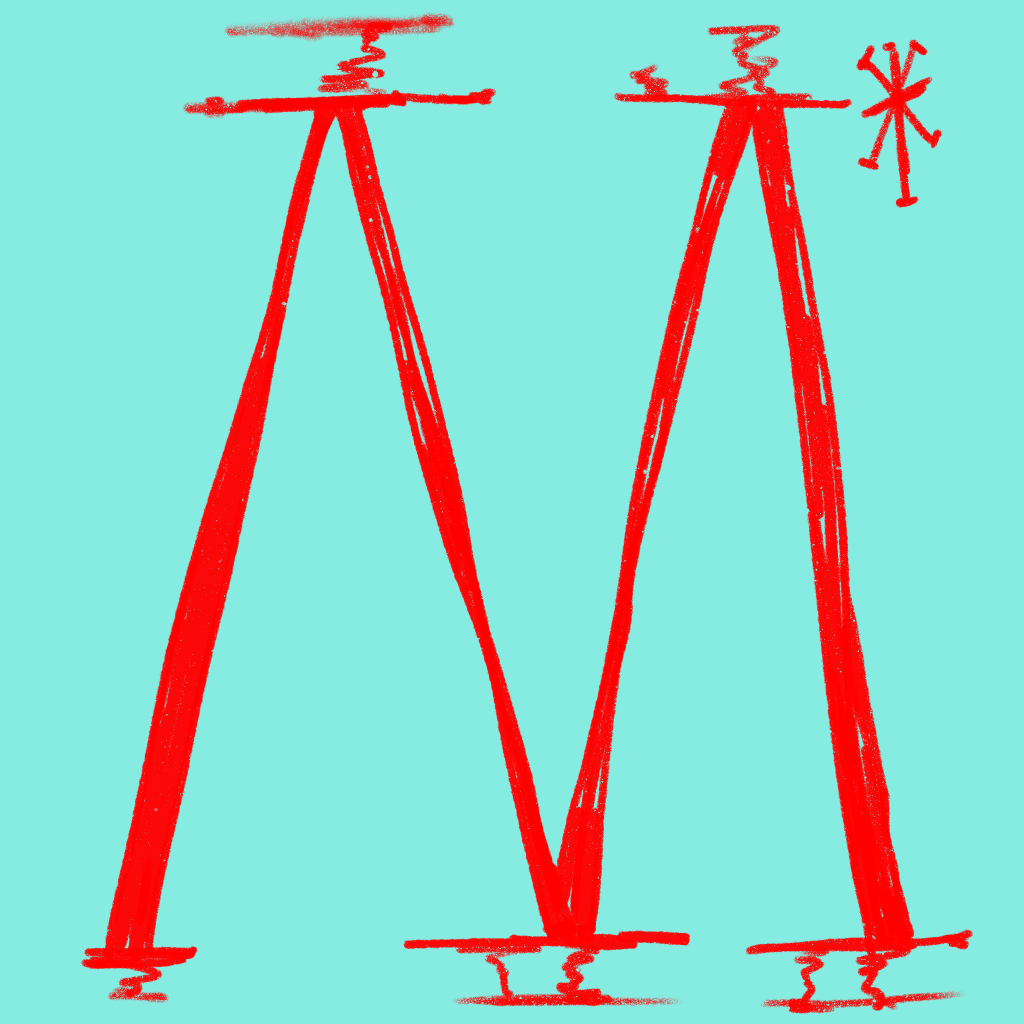I began working on the concept of a funeral supplies curated store.
Folk traditions:
Death and burial practices in the Chinese cultural context are deeply rooted in rich folk traditions.
Custom-made:
In China, there’s the concept of “Yongle,” which represents eternal joy and bliss. Death is something everyone has to face, and funeral items can be a way to continue showing who someone is.
New type of funeral supply store:
where the items look just like everyday creative products. This way, death feels less heavy, and the personalized items can easily fit into daily life, showing a continuation of self-expression.
Inspiration 1- Flames
In the ritual, fire acts as a medium. The ritual begins when the fire starts burning and ends when it burns out, marking the conclusion of the entire ceremony.
If it’s the start of a brand, I hope to begin exploring from the flame.

I also drew inspiration from a character in one of my favorite anime, Calcifer from Howl’s Moving Castle. He is a flame, the heart of Howl, and the source of the castle’s power. He is a very cute and lively character.


Inspiration 2-Zen Philosophy
Inspired by a Chinese Funeral Supplies Brand-归从Guicong
This is a funeral supplies online store that sells items such as spirit boxes, spirit tablets for altars, and Qingming Festival cultural products.
Their funeral products feature traditional Chinese aesthetics, expressing Chinese views on life and death, and are imbued with Zen philosophy.


归从 incorporating Zen philosophy into the brand, I realized that religious philosophy often contains reflections on death and the cycle of life, which closely relates to the aspects of Chinese traditional funeral rites where blessings are offered for the deceased, carrying hopes and good wishes. Both Zen philosophy and Chinese funeral traditions share a common theme of contemplating life and death. Zen emphasizes the impermanence of life and the acceptance of death, while Chinese customs express a desire to honor the deceased with respect and remembrance.
Inspiration 3-Prayer flags from Tibetan Buddhism
During my travels in western China, I began to encounter Tibetan Buddhism, which gave me a completely new cultural experience. I visited many Tibetan Buddhist temples, saw meteorites being offered in the temples, witnessed pilgrims on Barkhor Street, prayer flags fluttering on the snowy mountains in the distance beyond the desert, and a temple nestled halfway up a mountain.


I want to bring the idea of prayer flags from Tibetan Buddhism into my design. When I visited the Tibetan Buddhist temples in western China, I could really feel how sacred they were. Every time the wind blows the prayer flags, its like reciting a prayer, sending people’s wishes to goods. When the flags fade away, monks replace them with new ones, symbolizing the natural cycle of life and rebirth. These might serve as inspiration for an installation.
Bringing these ideas into my work adds a deeper cultural and philosophical layer to the concept. It encourages a reflection on the meaning of life and how to find inner peace and purpose within the transient nature of existence, much like the core tenets of Zen philosophy. This connection also aligns with the idea of “冥冥之中自有定数,” suggesting that, whether in life or death, there is a guiding force of destiny.
Inspiration 4-Traditional Chinese Burial Forms
While exploring traditional Chinese funeral customs, I found the ancient burial forms in China quite interesting.
In the Luoyang Ancient Tomb Museum and the Song-Jin Brick-Carved Tomb in Macun, Shanxi, a particular burial form from the Song and Jin periods in ancient China was discovered. This type of tomb is called “Woman Opening the Door” and “Man Opening the Door.”
On the door between the tomb chamber and the main burial room, a sculpted figure creates the illusion of a living person opening the door for you.


This can be seen as a form of ‘guidance,’ leading the deceased.
Inspiration 5-Ceremonial Canopy (Huagai)
the term “canopy” is used to describe a ceremonial or decorative covering, often held over important figures in ancient cultures, including in Chinese funerary art.


After learning about the diverse forms of ancient Chinese burial customs, I recalled the silk painting unearthed from Tomb No. 3 at Mawangdui in my hometown, Changsha, Hunan. In the painting, servants are shown holding a canopy (Huagai) for their master. The painting itself is closely related to beliefs about where the spirits of the deceased go.
Inspiration 6-niche (Kan龛)
While visiting Buddhist niches in Dunhuang, I learned about the concept of a kan (niche). Later, when I was enjoying beef hotpot in Chaoshan, I noticed that the restaurant had small traditional-style architectural structures on the wall, where they placed the God of Wealth. I then realized that this kind of small niche for placing the God of Wealth in business spaces is also called a kan. Similarly, the use of a kan is not limited to worshipping deities; it is also placed in homes to hold urns or photos of ancestors, serving as a way to remember and honor deceased loved ones.


The image on the left shows a Buddhist niche that can be placed indoors, while the image on the right shows a wall-mounted niche used for worshipping the God of Wealth in a shop.
Although gods are divine and watch over all beings, in places like Fujian, gods are also believed to have “human desires.” People offer modern foods that are popular among people today as sacrifices. There are even gods who enjoy smoking or like eating lollipops.
In a kan, not only gods can be placed, but also plaques with the names of deceased loved ones. However, to distinguish between them, this form of kan is called an ancestral shrine. People usually place it at home. In modern cities, the space for the ancestral shrine in homes is small, while in rural areas or old houses, the space for the shrine is larger and more detailed.
